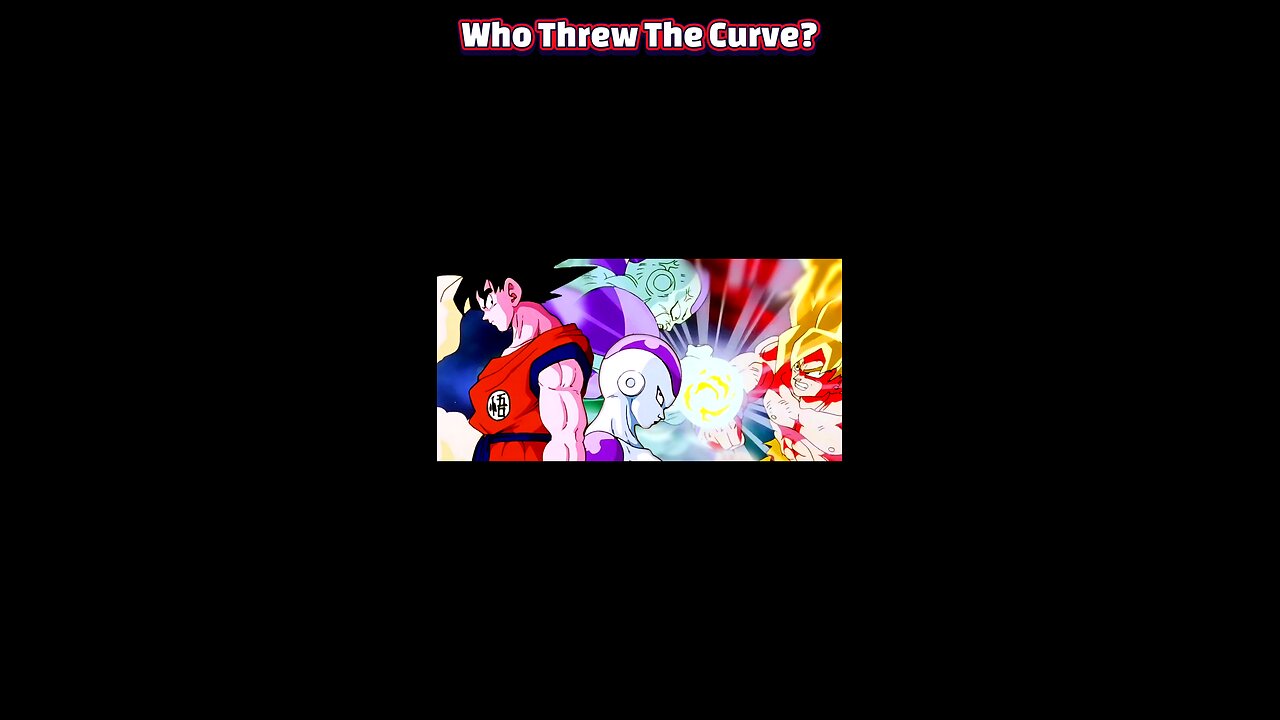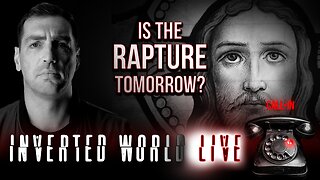Premium Only Content

7 Shonen Showdowns That Broke the Internet (and Anime Itself
#DBZ #Naruto #OnePiece #Bleach #HxH #DemonSlayer #ShonenLegends #AnimeHistory #EpicAnimeFights #ShonenShowdowns #AnimeVs #IconicAnime #AnimeCommunity #anime
Some fights don’t just shake a character’s world; they reset the medium’s compass. Shonen has always loved impact, but a handful of clashes landed so cleanly they rewrote how we pace, animate, and even talk about anime. These are the moments that turned power-ups into mythology, rivals into Greek tragedy, and animation cuts into appointment culture. They made forums combust, AMVs immortal, and studios rethink what a “weekly” can look like. Seven fights, seven fault lines.
Goku vs Frieza on Namek detonated the idea that a battle could be an epoch rather than an episode, weeks of escalation, operatic screaming, a planet as a ticking clock, and a transformation (Super Saiyan) that leapt from TV into global pop iconography. But if DBZ taught us how to aim bigger, Yusuke Urameshi vs Younger Toguro in the Dark Tournament taught us how to aim truer: a tournament fight that fused grief, guilt, and responsibility into the blows, proving the “training arc” isn’t just for muscles, it’s for conscience. Together they set the grammar: scale married to stakes, spectacle braided to soul.
Then the Big Three era took that grammar and wrote in neon. Naruto vs Sasuke at the Valley of the End reframed the rival trope from macho sparring into a character referendum, friendship as a battlefield, choreography as psychology, every counter a thesis about who these boys are willing to become. Naruto vs Sasuke in Enies Lobby turned willpower into cinematography: Gear Second’s steam, the pigeon-cold brutality of CP9, and that final Gatling that felt like an exorcism of the world government’s arrogance. Ichigo Kurosaki vs Byakuya Kuchiki made “bankai” not just a power but an aesthetic, petals as blades, speed drawn as negative space, crystallizing a 2000s visual identity that flooded conventions and AMVs for years.
Modern shonen learned a different lesson: break the mold, even if it breaks your hero. Gon Freecss vs Neferpitou isn’t a “win”, it’s a cautionary rite, a grotesque prayer answered too literally, proving shonen can stare into moral abyss without blinking; it made “deconstruction” not an academic term but a gut punch. Tanjiro Kamado vs Rui (Episode 19) did the opposite kind of revolution: a love letter to sincerity animated with film-grade precision, breathing forms as choreography, 3D camera sweeps, color theory as emotion, and it exploded across timelines, convincing the industry that one perfectly executed sequence can sell a franchise to the planet.
What ties these seven together isn’t just choreography or sakuga; it’s inheritance. Each fight handed the next generation a tool: marathon pacing and mythic transformation (Goku/Frieza), emotional accountability in the ring (Yusuke/Toguro), rivalries as character autopsies (Naruto/Sasuke), willpower as kinetic language (Luffy/Lucci), style as substance (Ichigo/Byakuya), subversion as catharsis (Gon/Pitou), and cinematic sincerity as a marketing strategy (Tanjiro/Rui). If you zoom out, shonen history reads like a relay, every baton pass a punch that lands decades later. And that’s the secret: the best fights don’t end with the KO; they echo, until the medium itself starts fighting differently.
-
 1:58:26
1:58:26
Badlands Media
15 hours agoBaseless Conspiracies Ep. 151: Netanyahu, Dual Loyalties, and the Kirk Connection
37.8K28 -
 4:55:05
4:55:05
Akademiks
8 hours agoYoung Thug Dissing YFN Lucci. Ready to Go back to Jail. Offset vs Cardi b
63.6K3 -
 2:02:45
2:02:45
Inverted World Live
10 hours agoIs the Rapture Tomorrow? | Ep. 111
116K43 -
 3:02:41
3:02:41
TimcastIRL
9 hours agoABC REVIVES Jimmy Kimmel After TERROR Attack On Station, Sinclair REFUSES To Air Show | Timcast IRL
264K154 -
 2:32:12
2:32:12
The Charlie Kirk Show
9 hours agoTPUSA Presents This is The Turning Point Tour LIVE with Michael Knowles
143K69 -
 5:20:38
5:20:38
Drew Hernandez
14 hours agoDISNEY CUCKS FOR KIMMEL & ADDRESSING THE CHARLIE KIRK MEMORIAL AFTERMATH
62.5K19 -
 1:02:28
1:02:28
Flyover Conservatives
13 hours agoThe Most Overlooked Way to Fight Abortion (It’s Not Protests) - Robert Netzly; Why Triple-Digit Silver is Coming - Dr. Kirk Elliott | FOC Show
54K3 -
 1:55:33
1:55:33
Glenn Greenwald
12 hours agoDeceitful Hysteria over Tucker's Speech on Kirk; IDF Funder Larry Ellison to Take Over CBS, Paramount, and now TikTok; U.S. Embraces Leading Al-Qaeda Terrorist | SYSTEM UPDATE #519
216K106 -
 34:40
34:40
Donald Trump Jr.
14 hours agoWe Will Make Charlie Proud | TRIGGERED Ep.276
223K95 -
 1:01:49
1:01:49
BonginoReport
12 hours agoErika Kirk Forgives Charlie’s Assassin - Nightly Scroll w/ Hayley Caronia (Ep.139)
125K111